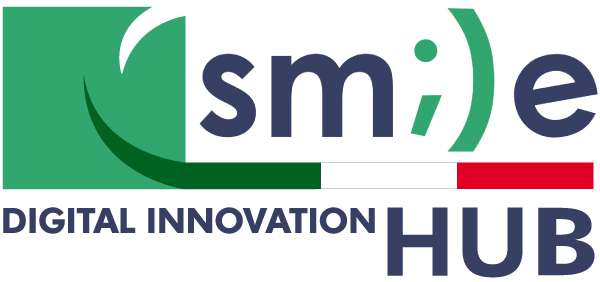Use case: SmartGlemMan
Smart Glem Manufacturing
Organizations involved
Glem Gas SpA (manufacturing company) and DM Management & Consulting srl (solution provider)
Objectives obtained
The main objective of the project, which determined the effective supply of the turnkey solution, aimed to meet the needs of management and create a production model that allowed constant monitoring of production efficiency in real time and, at the same time , automate the control of production and activities related to quality control of the components produced.

The challenge
The objective of the management was to create a new production model that would allow constant monitoring of production efficiency in real time and at the same time automate the control of production and activities related to quality control of the produced components.
Analysis of the state of the art
The process of analysis and study of the production model began with a careful analysis of the state of the art of production, this photo of the production processes made it possible to highlight the critical points and their influence on the production line, with consequent evidence in the inefficiencies and production problems.
Type of products
The company develops, produces and distributes appliances for the kitchen and for the wider kitchen world (kitchens, ovens, microwave ovens, hobs, hoods, etc.), with distinctive competences in the development of technology for the production of systems for gas cooking and bi-energy cooking (gas or electric oven).
Department structure and production lines
The production process is organized in 4 assembly lines (120 workstations) and pre-assembly islands (20 workstations).
From a management point of view, each assembly line consists mainly of:
- a station, where the operator takes care of the pre-preparation and loading of the products that will come on line;
- a series of assembly stations (with the exception of fixed quality control and test stations);
- control of some quality stations and test stations, whose position is fixed on each line (but different from line to line);
- end-of-line stations for product cleaning, canning, palletizing and dispatch to the storage warehouse.
Currently the process foresees that the pre-assembly department will carry out the preparation phase of the basic structural components, the assembly of the kitchen frame and some fixing components.
Exit of product supply lines.
Downstream the product is made through an assembly process along the stations of the line, starting from a first structure that arrives in line (“muffle” or the carcass of the kitchen) until, after the test, the finished product is paid in the end of line station.
The work lines on a one-day shift based on the defined schedule.
The management and controls are delegated to the operators by filling in specific paper documents at the end of the order, which must record the production order, the serial number of the components produced, the transit time on the line, in fixed and fixed points, validate the quality test (label Ok / Not Ok) and manage the storage logistics.
The solution
As emerged from the analysis, the main theme was to manage in real time and without the intervention of the operator the recording of production times, the transit time of the materials, the sequence of the kitchens for the assignment of the serial numbers, the serial number of the association and the test result and finally the routing to the storage warehouse and relative automatic payment of the products in the ERP system.
The prototype model was based on the intelligent MES DMP manufacturing system (produced by DM Management & Consulting Srl of Parma), a technological platform that guarantees integration with company processes and business processes.
The native WEB technological structure allows to have a collaborative system and in the same production decision. The platform was designed according to the MESA “Manufacturing Enterprise Solutions Association” guidelines.
The DMP platform can collect information from the field using various IoT and manual solutions, allowing the production of information to be processed in real time, so that it can be displayed graphically through synoptic tables and specific dashboards of efficiency and productivity indices (OEE – Pareto – etc…).
The project saw the use of RFID components, with memorization of serial numbers and insertion in the production lines of special antennas, at specific points of the line, for reading the serial numbers stored in the TAGs and relative association of the activity of the operator.
This first phase of prototyping highlighted a careful measurement of the production lead time, a precise and timely control of the registration / test.
The activation in the second phase of the no-paper functions, functions that allowed the operators to make declarations directly on the touch-screen monitors, allowed a timely and careful analysis of the operational situations in real time, with consequent evaluation of the corrective actions at be realized from the point of view of continuous improvement and maximization of production.
RESULTS OBTAINED FROM THE NEW PRODUCTION MODEL
Operational tests have shown that the new business model allows:
- efficient product traceability at every stage of the production process;
- real-time management of final lead time data with preventive data;
- creation of the efficiency and control system of productivity (OEE, standstill analysis and pauses, Paretian inefficiencies);
- speed in making directional decisions when negative events occur;
- productivity recovery thanks to the reduction of the declarative time of operators (about 82% of unproductive time);
- WIP reduction.
